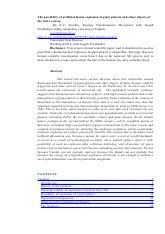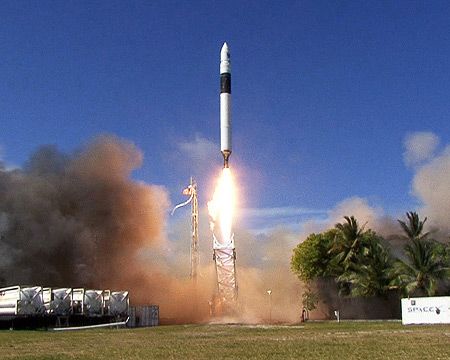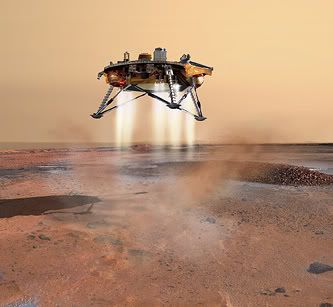Mar 7, 2009
The ‘Sustainability Solution’ to the Fermi Paradox
Posted by Jacob Haqq-Misra in categories: human trajectories, space, sustainability
Jacob Haqq-Misra and Seth D. Baum (2009). The Sustainability Solution to the Fermi Paradox. Journal of the British Interplanetary Society 62: 47–51.
Background: The Fermi Paradox
According to a simple but powerful inference introduced by physicist Enrico Fermi in 1950, we should expect to observe numerous extraterrestrial civilizations throughout our galaxy. Given the old age of our galaxy, Fermi postulated that if the evolution of life and subsequent development of intelligence is common, then extraterrestrial intelligence (ETI) could have colonized the Milky Way several times over by now. Thus, the paradox is: if ETI should be so widespread, where are they? Many solutions have been proposed to account for our absence of ETI observation. Perhaps the occurrence of life or intelligence is rare in the galaxy. Perhaps ETI inevitably destroy themselves soon after developing advanced technology. Perhaps ETI are keeping Earth as a zoo!
The ‘Sustainability Solution’
The Haqq-Misra & Baum paper presents a definitive statement on a plausible but often overlooked solution to the Fermi paradox, which the authors name the “Sustainability Solution”. The Sustainability Solution states: the absence of ETI observation can be explained by the possibility that exponential or other faster-growth is not a sustainable development pattern for intelligent civilizations. Exponential growth is implicit in Fermi’s claim that ETI could quickly expand through the galaxy, an assumption based on observations of human expansion on Earth. However, as we are now learning all too well, our exponential expansion frequently proves unsustainable as we reach the limits of available resources. Likewise, because all civilizations throughout the universe may have limited resources, it is possible that all civilizations face similar issues of sustainability. In other words, unsustainably growing civilizations may inevitably collapse. This possibility is the essence of the Sustainability Solution.
Implications for the Search for Extraterrestrial Intelligence (SETI)
If the Sustainability Solution is true, then we may never observe a galactic-scale ETI civilization, for such an empire would have grown and collapsed too quickly for us to notice. SETI efforts should therefore focus on ETI that grow within the limits of their carrying capacity and thereby avoid collapse. These slower-growth ETI may possess the technological capacity for both radio broadcasts and remote interstellar exploration. Thus, SETI may be more successful if it is expanded to include a search of our Solar System for small, unmanned ETI satellites.
Continue reading “The 'Sustainability Solution' to the Fermi Paradox” »

 I wrote an essay on the theme of the possibility of artificial initiation and fusion explosion of giants planets and other objects of Solar system. It is not a scientific article, but an atempt to collect all nesessary information about this existential risk. I conclude that it could not be ruled out as technical possibility, and could be made later as act of space war, which could clean entire Solar system.
I wrote an essay on the theme of the possibility of artificial initiation and fusion explosion of giants planets and other objects of Solar system. It is not a scientific article, but an atempt to collect all nesessary information about this existential risk. I conclude that it could not be ruled out as technical possibility, and could be made later as act of space war, which could clean entire Solar system.











